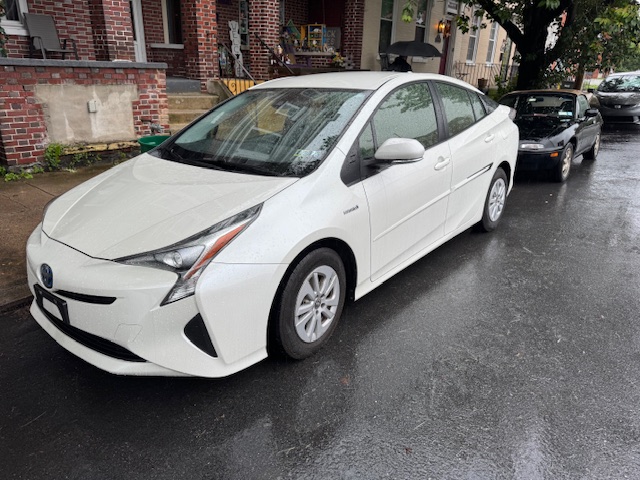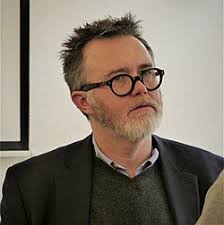(This post is edited and improved by ChatGPT. The original version is here.)
In 1932, Adolf Eichmann was an unemployed Austrian drifting through a country in political and economic chaos. Desperate for work, he crossed into Germany and joined the rising Nazi Party—more out of need than ideology.
Eichmann soon found employment in the Nazi campaign to make Germany Judenrein—free of Jews. Between 1933, when Hitler rose to power, and the outbreak of World War II in 1939, the regime's goal was deportation, not yet mass murder. During this period, the Nazis expelled Jews from the Reich, often forcing them to navigate a labyrinth of bureaucracy that made escape painfully slow.
Eichmann, however, had a talent for logistics. He centralized the deportation process by bringing all necessary agencies under one roof. What once took months now took days. But the streamlining came at a cost: Jews were stripped of their assets and left with barely enough to reach their destinations. Many ended up in British-controlled Palestine, Spain, or other countries the Nazis never conquered. Though they lost everything, they escaped the coming catastrophe.
Once the war began, deportations largely halted. For over two years, Eichmann and others involved in Jewish expulsion waited as the Nazi leadership decided on a new direction. In the meantime, local massacres claimed the lives of millions of Jews, carried out near their homes by bullets rather than gas.
Then came January 1942. At the infamous Wannsee Conference, the Nazi regime formally adopted the “Final Solution”—the systematic extermination of Europe’s Jews. Eichmann’s organizational prowess, once used to deport Jews out of the Reich, was now repurposed for industrial-scale murder. He managed the transportation of victims to Auschwitz and other death camps with cold precision.
By 1944, his methods were devastatingly efficient. In Budapest, working with the cooperation of certain Jewish leaders, Eichmann deported nearly half a million Hungarian Jews to their deaths in just three months.
Eichmann was no mastermind of evil in the comic book sense. He was a functionary—a man of forms, files, and timetables. When the orders were to deport, he deported. When the orders were to kill, he ensured the trains ran on time. He was an amoral bureaucrat who helped send over three million Jews to their deaths, not out of personal hatred, but out of dutiful obedience.
After the war, Eichmann disappeared. He hid in Austria before escaping to Argentina through the infamous “Rat Line” — a network assisted by Catholic Bishop Alois Hudal. At the time, Pope Pius XII, whose papacy has been heavily criticized for its silence during the Holocaust, remained in power. In Argentina, Eichmann lived under an alias but eventually bragged about his role in the genocide.
In 1960, Israeli agents captured him and brought him to trial in Jerusalem. He was convicted and executed in 1962.
I've read and reread Eichmann in Jerusalem, Hannah Arendt’s account of his trial. Her concept of the “banality of evil”—that horrific crimes can be committed by ordinary people who simply follow orders—remains controversial. Many critics of her work, both then and now, have not actually read it.
I strongly recommend all of Arendt's works, several of which I've summarized briefly in other posts. Among them, The Origins of Totalitarianism stands out as the most essential for understanding the ideological and structural roots of the Holocaust.
Recommended Works by Hannah Arendt:
These books provide not only a window into Arendt’s profound political thought but also a vital lens on totalitarianism, moral responsibility, and the capacity of ordinary people to commit extraordinary crimes.
























